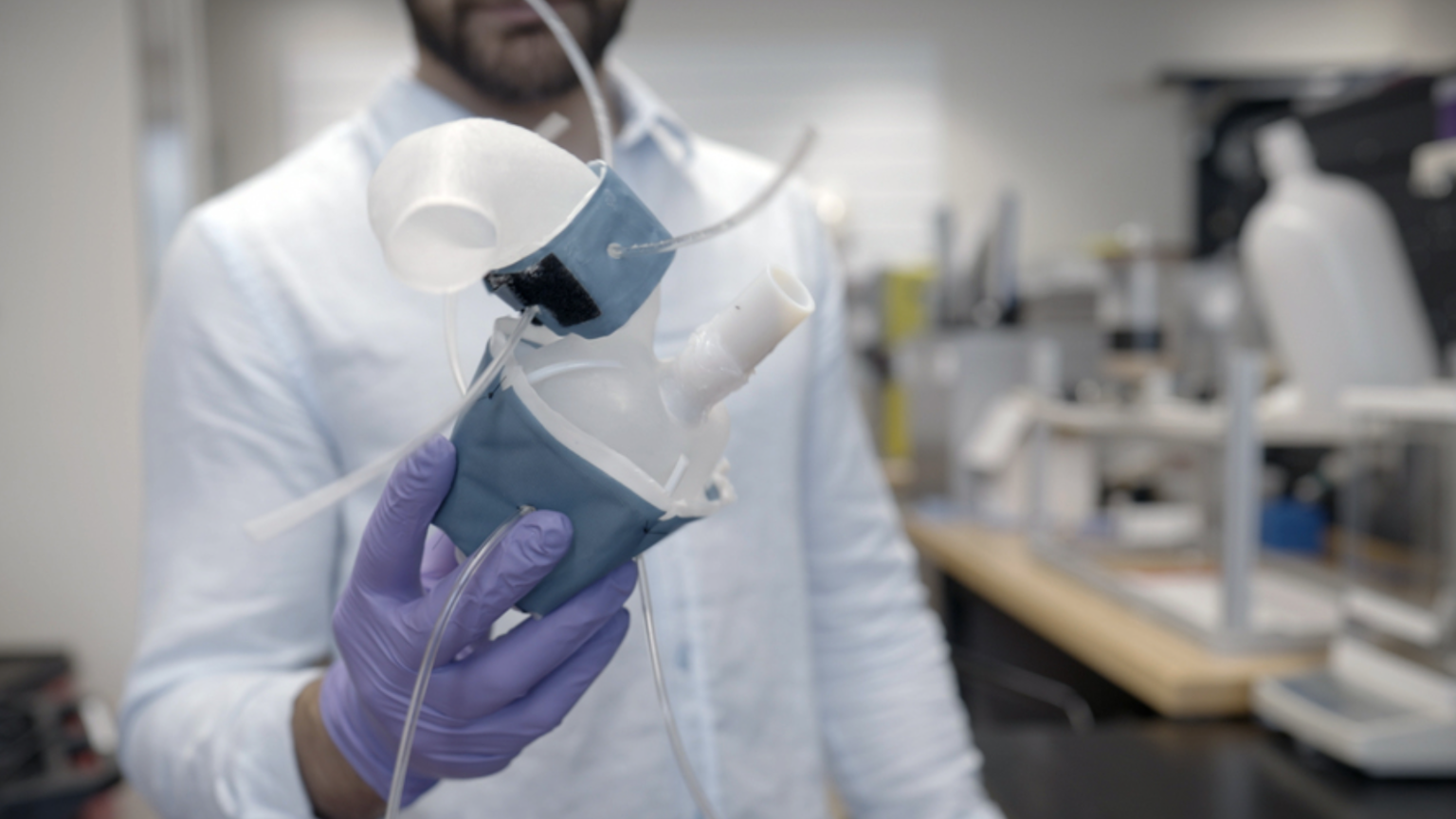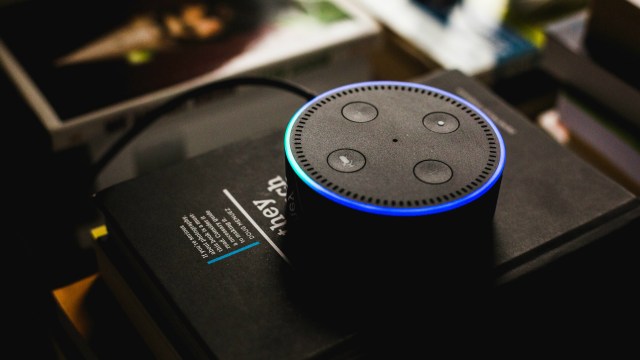Tomorrow’s medicine may look like a tiny spider

Imagine you’re heading into surgery. You’re wheeled into the operating room. You’re placed under anesthesia. The Doctor and nurses are milling about. And, as you start to relax, you hear someone say that they’re going to begin by releasing the spiders.
This is an exaggeration intended for comic effect, but it’s the gist of what was concocted at The Wyss Institute for Biologically Inspired Engineering (which is part of Harvard University) in Boston, Massachusetts. A small team has created a proof of concept “soft, animal-inspired robot[…] [in the hopes that they] can be safely deployed in difficult-to-access environments, such as inside the human body or in spaces that are too dangerous for humans to work.”
Here’s how it works: the robot starts off flat: then — depending on the task at hand — fluid (UV-curable resin) is pumped into the robot. It slowly begins to gain shape, and — if the video is any indication as to how it looks in real life — one could say that the ‘spider’ looks like a piece of origami coming to life. (If you read the paper published in conjunction with the testing of the robot, you’ll note that the robot — designed after a peacock spider — is referenced as ‘microfluidic origami for reconfigurable pneumatic/hydraulic.’) When the robot is exposed to UV light, the resin solidifies, locking what’s dubbed the ‘actuators’ (as in — things that can be moved, i.e., the abdomen, head, jaw, and legs) in a certain position. Those locked ‘actuators’ can then be further moved through water that’s pumped into the robot.
“The idea of designing and fabricating a soft robot inspired by the peacock spider comes from the fact that this small insect embodies a large number of unsolved challenges in soft robotics,” Tommaso Ranzani — the lead author of the paper —told Popular Science.
Which isn’t to say that previous instances of soft robotics didn’t have noteworthy elements of their own:
- Scientists at Cornell have developed a robot activated by popcorn (with potential applications for jumping
- There’s a ‘grabber’ designed to handle deep-sea creatures more gently
- Army researchers are developing ‘a self-aware squid-like robot you can print in the field’
- Researchers at UC San Diego have developed a transparent eel robot that swims silently underwater (with the aim not to disturb the local environment with a motor)
- A Swiss research institute has developed edible robot fingers…
- … while researchers at Harvard made a snake-like robot out of kirigami.
In short: there is variety. The future of these robots created at Wyss will be in seeing them “perform delicate surgical tasks at scales well under what’s currently possible for soft robots” — something that is currently at the stage in which individuals are envisioning its future — and enter into environments that other robots — let alone humans — couldn’t enter and explore.





